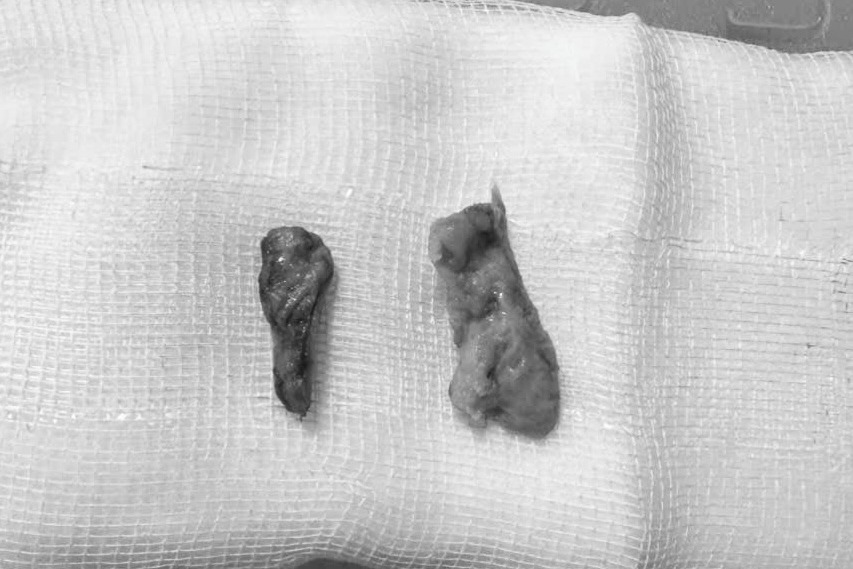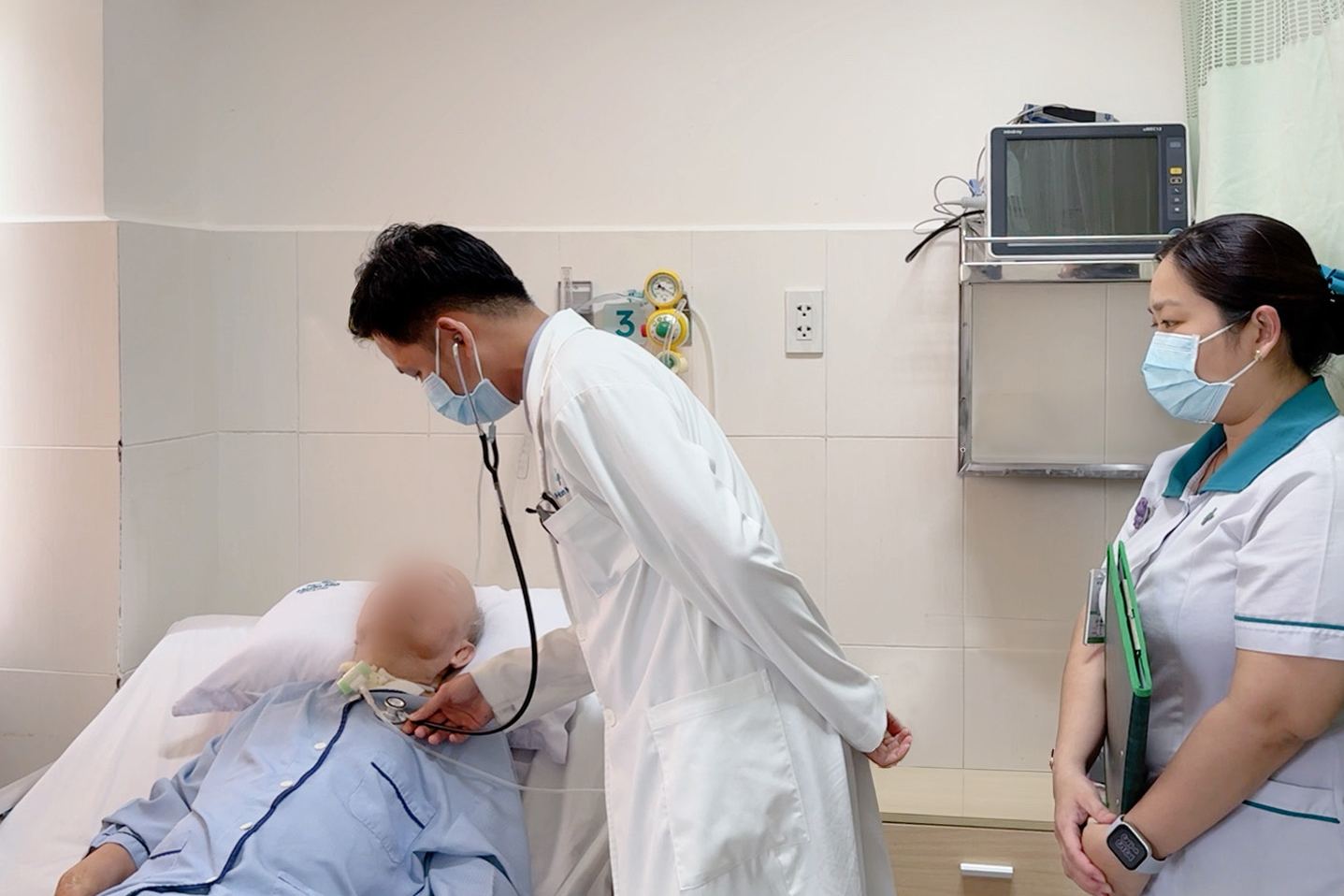On May 26, Hoan My Cuu Long Hospital said that the unit had received and successfully handled a critical case of a foreign object in the airway, a paper coil deep in the bronchi of an 86-year-old man in Hau Giang province.

According to the hospital, Mr. H.T.T was taken to the hospital by his family in critical condition. After clinical examination, necessary tests and consultations with many specialties, doctors noted that the old man had Pneumonia on the background of many chronic diseases such as type 2 diabetes,hong plaque, heart failure and chronic kidney failure.
In addition, diagnostic images suspected of foreign bodies in the airways - factors that make inflammation worse and increase the risk of bronchial obstruction, collapsed lungs or severe respiratory infections if not intervened promptly.
Learn more carefully from the family members, the doctors discovered that the old man was using the air tracheople to support the respiratory, but his relatives had written and put into the air tracheople to suck the talks, causing the piece of paper to fall into the airway. This is the exacerbation of existing pneumonia.
Immediately, the old man was prescribed a bronchial endoscopy - a procedure that requires high technique - to remove the foreign object, and actively treated with antibiotics to control inflammation. After about 60 minutes of use, the endoscopy team successfully removed two large, thick pieces of paper from the bronchi and replaced the patient's air duct opening tube.
After the intervention, the old man's health improved significantly, inflammation decreased and he no longer needed to breathe oxygen. The patient was discharged after 7 days of treatment and continued to be re-examined under the guidance of the doctor.

MSc. Le Trong Nhan - General Department, Hoan My Cuu Long Hospital said that foreign bodies in the airways are a dangerous condition that can threaten life if not intervened promptly.
According to Dr. Le Trong Nhan, foreign objects in the bronchial cavity can damage lung tissue, leading to lung failure, severe pneumonia, collapsed lung, excess lung pus or serious airway obstruction. These complications not only affect respiratory function but can also endanger the patient's life.











